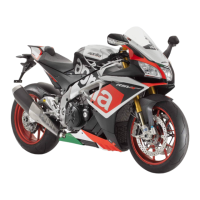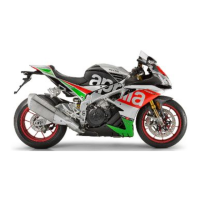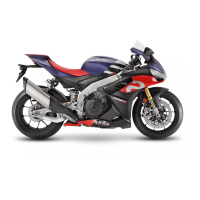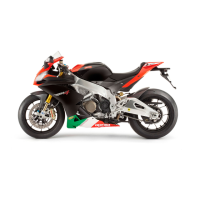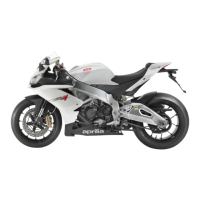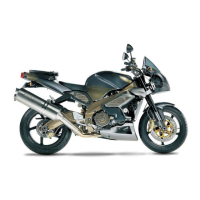In order to transmit, every nod must first check that the BUS (the connection among all devices) is free
before attempting to send a message with BUS (Carrier Sense).
If during this period there is no activity on BUS, every nod has the same chance to send a message
(Multiple Access). If two nodes start transmitting simultaneously, the nodes recognise the "colli-
sion" (Collision Detection) and initiate an exchange action based on message priority (messages remain
unaltered during exchange and there is no delay for high priority messages).
CAN protocol is based on messages and not on addresses. The message itself is divided into several
parts (frames), each of which has a meaning: message priority, data contained, error detection, recep-
tion confirmation, etc.
Every network nod receives all the messages sent through the BUS (with reception confirmation or error
messages) and each nod decides if the message is to be processed or rejected. Besides, every nod
can request information from the other nodes (RTR = Remote Transmit Request).
Level in wiring diagram:
CAN line
Electrical characteristics:
•
between PIN 66 and 80 of the control unit: approximately 130 Ohm
•
between PIN 26 and 27 of the instrument panel: approximately 120 Ohm
Pin out:
•
Line L: white/black cable between Marelli control unit PIN 66 and the black-bodied connector
PIN 27 of the instrument panel.
•
Line H: orange cable between Marelli control unit PIN 80 and the black-bodied connector
PIN 26 of the instrument panel.
CAUTION
BEFORE CARRYING OUT ANY TROUBLESHOOTING, CAREFULLY READ THE GENERAL TROU-
BLESHOOTING CONCEPTS FOR ELECTRICAL DEVICES AT THE BEGINNING OF THE CHECK
AND CONTROL SECTION IN THE ELECTRICAL SYSTEM CHAPTER.
DIAGNOSIS INSTRUMENT: ELECTRICAL ERRORS
CAN line "Mute Node" U1601
•
Mute Node.
Error cause
•
The injection ECU cannot send CAN signals; it receives signals from the instrument panel:
the control unit may need replacing.
Troubleshooting
•
Replace the Marelli control unit.
CAN line without signals U1602
•
Bus Off.
Error cause
Electrical system RSV4 R
ELE SYS - 222
